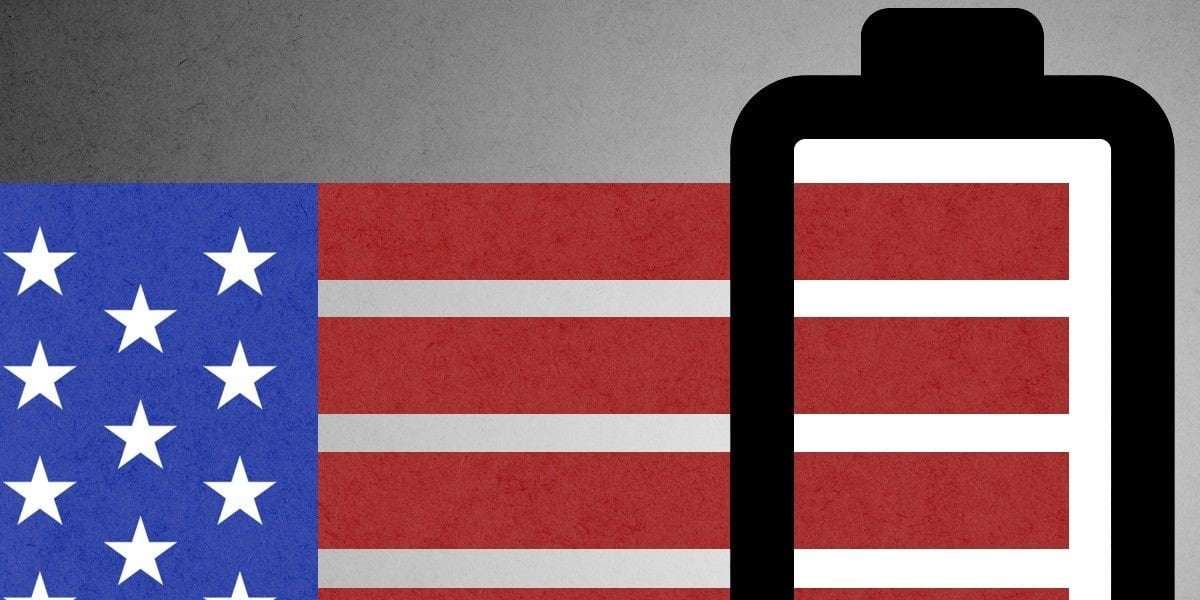Back in April, the Environmental Protection Agency announced new vehicle emissions standards that seem poised to transform how our roads look. They’re so strict, according to NPR, that up to 67% of new vehicles sold in 2032 would have to be electric to meet them.
Immediately, it looked like that would be a problem. The Inflation Reduction Act stipulates that, in order to be eligible for tax credits, electric vehicle components — including, crucially, the batteries — can’t be made by a country on the U.S.’s “foreign entities of concern” list. That rules out batteries made in China, which is, unfortunately, the world’s leader in battery manufacturing. As my colleague Emily Pontecorvo recently pointed out, that can lead to situations where nobody knows exactly which EVs qualify for tax credits to begin with. Without an increase in American battery manufacturing, we run the risk of Americans being either unwilling or unable to pay for the EVs that we’d need to hit those EPA standards.
But a new analysis from the Environmental Defense Fund, provided exclusively to Heatmap, shows that things might actually be quite bright on that front. Battery manufacturers around the country — many of them automakers themselves — have announced over 1,000 gigawatt hours of U.S. battery production that’s slated to come online by 2028, far outpacing projected demand.
“A really large investment has been made in the U.S. for domestic battery manufacturing, and many of these [announcements] came before the EPA announced their standards,” Ellen Robo, the author of the report, told me. “This is a transition that is following market trends and is not necessarily being driven by EPA standards, so I think that shows that the EPA’s standards are feasible.”
These findings are in line with a recent report from RMI, which found that demand for EVs rose as battery technology improved, and that investments in battery factories outstrip investments in both solar and wind factories combined. Robo also points out that the announced production capacity line in the above chart will likely change; it usually takes about two years for a battery factory to go from announcement to production in the U.S., and Robo expects to see many more factories announced in the next few years, many of which could be churning out batteries by 2028. The caveat, of course, is that these are mostly just announcements; there could be delays or cancellations that change the timeline.
Still, this all bodes well for both automakers and customers. If automakers are able to source their critical minerals from places that aren’t foreign entities of concern — a requirement that kicks in for 2025 — the IRA tax credits will likely apply to their vehicles. Rather than us writing yet another story about the confusing state of EV tax credits a year from now, that means you could walk into a car dealership safe in the knowledge that you will get a hefty discount on the EV you’ve had your eye on.
But if you’re impatient, as Emily mentioned, you could always take advantage of the tax credit by leasing an EV in the meantime.
